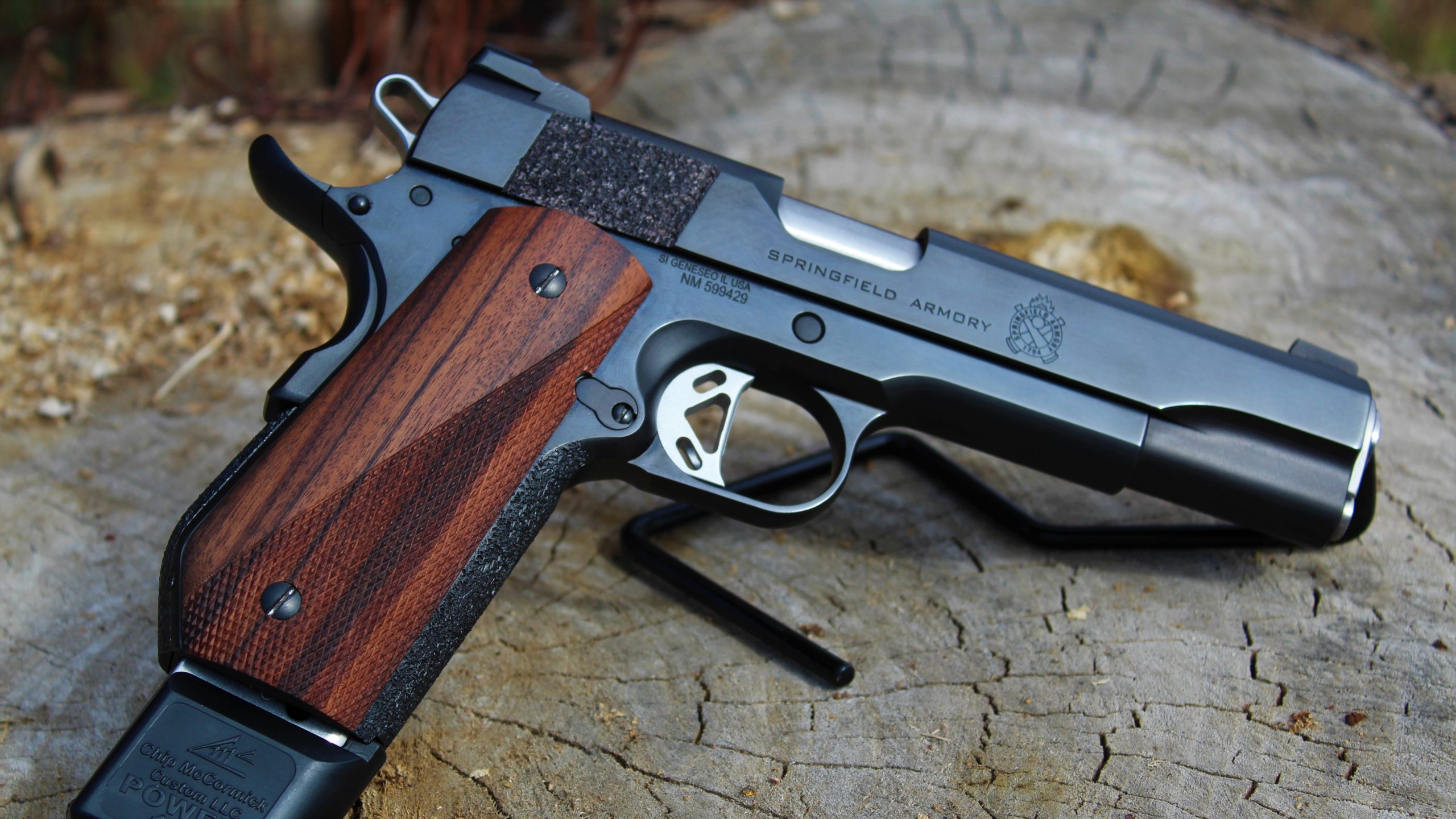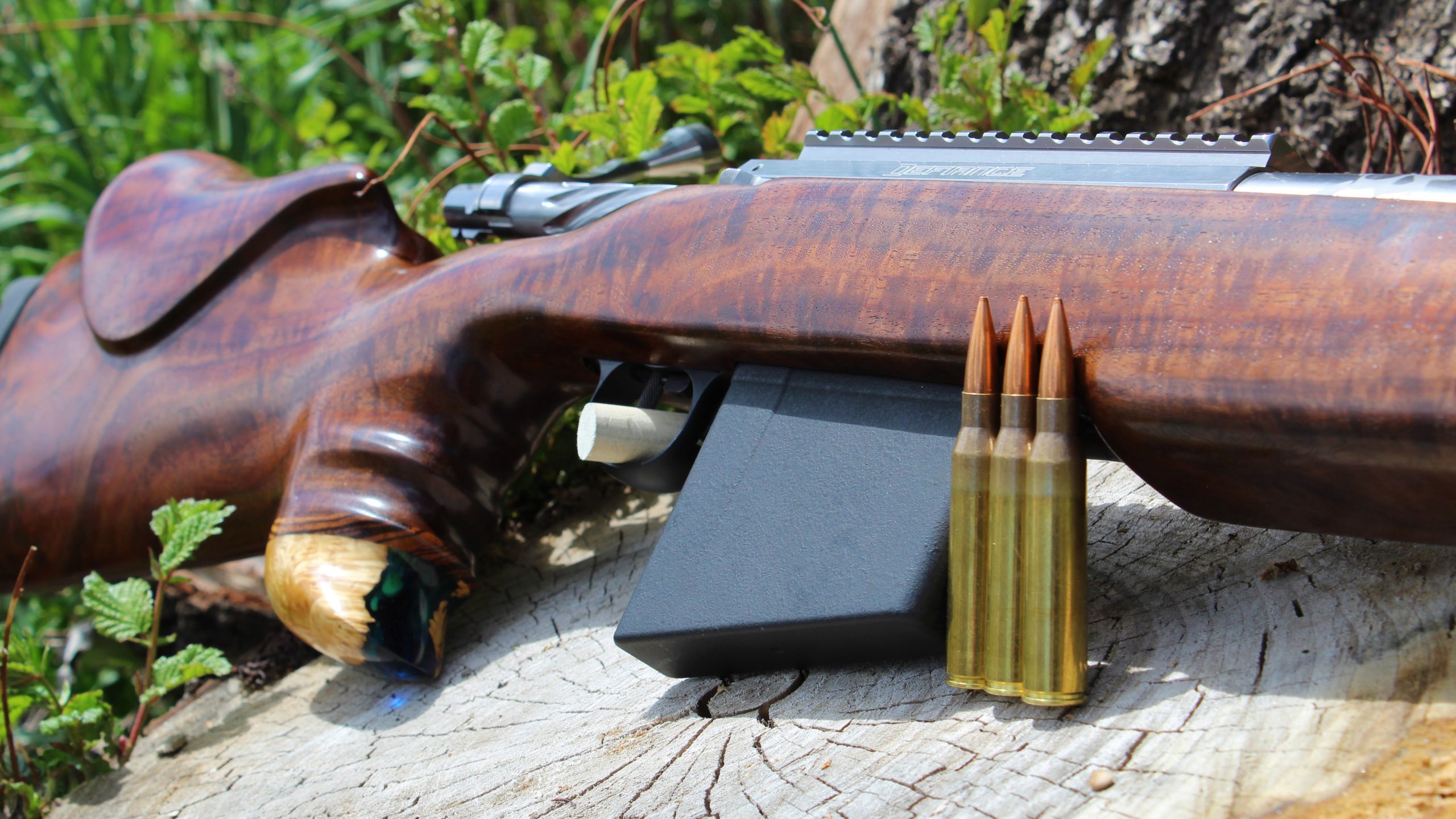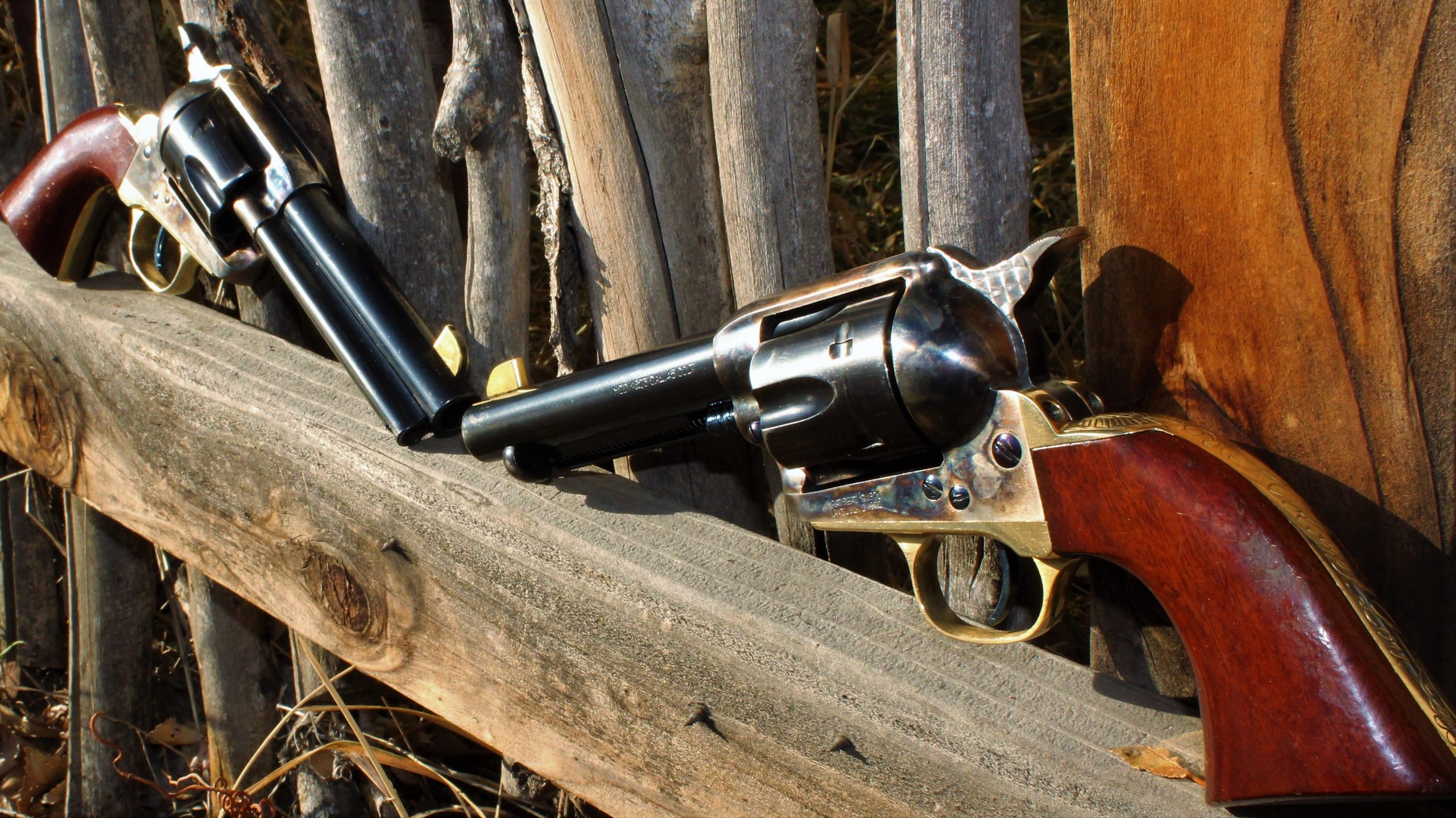You already finished a gunsmithing program and earned your degree. Now the search for the right job starts. If you have not already applied for and obtained a Federal Firearms License, it is helpful to take this step before applying for jobs. Having your FFL is a good distinction and is also a great way to make some money while you consider careers with different companies. If you have your FFL, you can advertise your services independently and even charge a small amount of money to handle firearm transfers.
Getting A Federal Firearms License
This process takes some time but is not as difficult as most people assume. The first step is to visit the ATF’s page regarding how to get a Federal Firearms License. Photographs, fingerprint cards and several other pieces of information are required to accompany your application. When you are ready to fill out and submit your application to the ATF, download the entire application.
Independent Work Builds Credibility
Some companies will want to know what you can do and what they can expect from you before they make the decision to add you to their staff. A gunsmith is a vital asset to any gun retail store or gun manufacturing company. The gunsmith’s quality of work affects the volume of customers and what people have to say about the business as a whole. For this reason, most gun stores and especially manufacturers want to hire gunsmiths with experience. Most recent graduates with gunsmithing degrees wonder how they are supposed to find work if most companies prefer experienced gunsmiths. One of the ways to do this is to start by doing some independent work. Advertise for free in forums, in local newspapers and online. Try to line up some jobs and ask the customers for letters of reference if they are satisfied. These will be helpful in a job search.
Apprenticeships And Internships Build Skills
If you live in a remote area or if it is not possible to complete gunsmithing jobs independently to build credibility, another option is to seek an internship or apprenticeship position. Some gunsmiths who work independently may be willing to provide training. In some cases or in remote areas, the only option may be to volunteer for a short amount of time to work with an experienced gunsmith. While no person wants to work for free, the experience and good references gained from the internship can be used to apply for a career with a manufacturer or gun shop.
Contact Major Companies
Start by applying to gun stores and manufacturers close to home. Go apply in person at each one. Be sure to have a polished resume and a personalized cover letter. Do not send the same letter to every company. Part of what makes a good gunsmith is precision and care. Let those qualities reflect in a personalized letter that talks about the uniqueness of the company and how individual skills contribute to that company’s goals. For a better range of opportunities, send resumes and cover letters to major manufacturing companies. Follow up with the letters by contacting each company. Join firearm forums and groups online to watch for word-of-mouth job opportunities.
Gunsmithing jobs are possible to find with persistence and patience. If you are interested in becoming a gunsmith in Colorado and have not yet completed training, consider institutions such as SchoolOfTrades.edu to help you get on the right path. After completing gunsmithing training, the job search is the only step left to starting the right career.



























